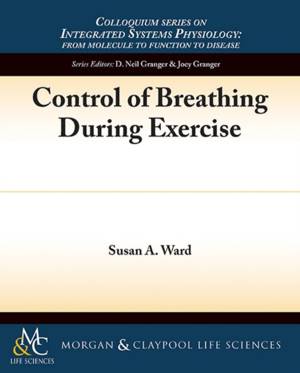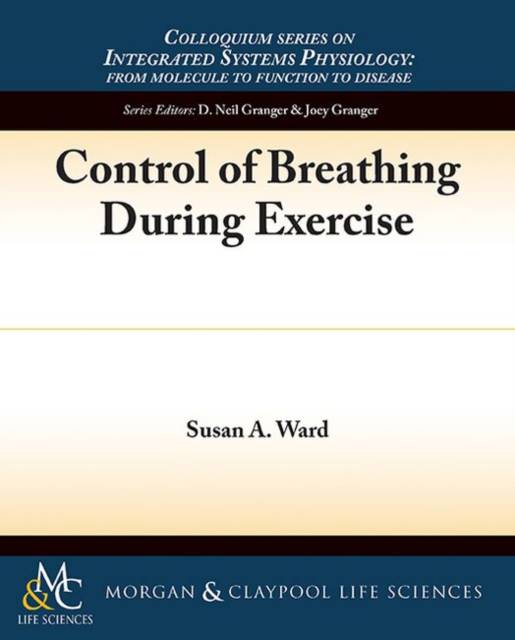
- Afhalen na 1 uur in een winkel met voorraad
- Gratis thuislevering in België vanaf € 30
- Ruim aanbod met 7 miljoen producten
- Afhalen na 1 uur in een winkel met voorraad
- Gratis thuislevering in België vanaf € 30
- Ruim aanbod met 7 miljoen producten
Zoeken
Omschrijving
The control of breathing during exercise remains the source of considerable debate. Classical schemes of the exercise hyperpnea have incorporated elements of proportional feed-back from chemoreceptor sites (carotid body and brainstem) and feed-forward neurogenic (central command and muscle reflex) control. However, the precise details of the control process are still not fully resolved, reflecting in part technical and interpretational limitations inherent in isolating putative control mechanisms in the intact exercising human and also the challenges presented by the ventilatory and gas-exchange complexities encountered at work rates which engender a metabolic (lactic) acidosis. Although some combination of neurogenic, chemoreflex, and circulatory-coupled processes are likely to contribute to the control, intriguingly, the overall system appears to evidence considerable redundancy. This, coupled with the lack of appreciable steady-state error signals in the mean levels of arterial PCO2, PO2, and pH over a wide range of work rates, has motivated the formulation of innovative control models that reflect not only spatial interactions but also temporal interactions (i.e., short-term and longer-term 'memory'). The challenge remains to discriminate between robust control schemes that (a) integrate such processes within plausible physiological equivalents, and (b) account for both the dynamic and steady-state system response over the entire range of exercise intensities. Table of Contents: Introduction / Ventilatory Requirements / Ventilatory Responses / Ventilatory Control / Conclusions / References
Specificaties
Betrokkenen
- Auteur(s):
- Uitgeverij:
Inhoud
- Aantal bladzijden:
- 93
- Taal:
- Engels
- Reeks:
Eigenschappen
- Productcode (EAN):
- 9781615043729
- Verschijningsdatum:
- 1/07/2014
- Uitvoering:
- Paperback
- Formaat:
- Trade paperback (VS)
- Afmetingen:
- 190 mm x 235 mm
- Gewicht:
- 185 g

Alleen bij Standaard Boekhandel
+ 183 punten op je klantenkaart van Standaard Boekhandel
Beoordelingen
We publiceren alleen reviews die voldoen aan de voorwaarden voor reviews. Bekijk onze voorwaarden voor reviews.











